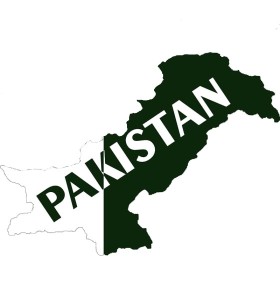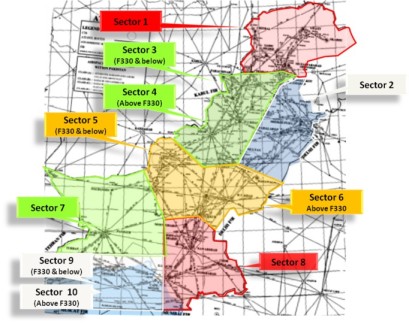International Flight Operations - Pakistan
All International Airports of Pakistan with effect from June 20, 2020, 0001 PST except Gwadar and Turbat Airports. The permission for International Flight Operations shall be subject to applicable restrictions and limitations as decided by the Competent Authority from time to time in light of the current COVID-19 Scenario and implementation of Health Protocols. Additionally, Cargo, Special and Diplomatic Flights shall also be permitted. Please also note that adherence to the relevant applicable Standard Operating Procedures shall be mandatory for all Airline Operators.
IATA - Forecast For Pakistan
Domestic air travel will grow at least 9.5 percent per year, more than two times faster than the world annual growth rate of 4.1 percent over the next 20 years. Pakistan Air Travel Growth the Gwadar Port project (CPEC) would have deep effects on the civil aviation sector of the country and would result in significant increase in passengers, cargo activities and flights. The government had also planned for a development project to improve infrastructure of Pakistan Civil Aviation Authority.
Pakistan - Political Analysis
Government played an active role in increasing competition in the airline industry.
Pakistan has achieved some political stability in recent years. If government will perform well (consistently), then there will be more investment in the form of purchase of new airplanes and latest technology. The overall industry will grow resulting in more luxurious and comfortable flights.
Lahore FIR Update - Effective 0001Z - 5/11/20
Re-Aligned Area Of Responsibility Of Lahore Area Control Center (ACC)
Permanent
In AIP Pakistan Section ENR 2. Air Traffic Services Airspace Sub-Section ENR 2.1 FIR,UTA, TMA at page ENR 2.1-1 & ENR 2.1-2. In Karachi & Lahore FIR, the area of responsibility of Lahore ACC has been re-aligned as per following details: -
Lahore ACC will provide ATS to aircraft operating within following airspace in Karachi & Lahore FIR:
- Lahore ACC
Area bounded by point 332000N 0701800E then LAKRA, then OLVIB then323336N 0723933E then SASVI then INDEK then 330510N 0733825E then331320N 0740120E then along Line of Control and subsequently Pakistan-India international border to 270700N 0693400E then 273900N 0684000E then293000N 0674900E then 300000N 0670200E then 3000000 0661900E then along Pakistan-Afghanistan international border to point of origin.
Lahore ACC is subdivided into three sectors as follows:
- Lahore ACC Sector West
Area bounded by point 332000N 0701800E then LAKRA, then OLVIB then323336N 0723933E then JHANG then 300000N 0710000E then 300000N0683000E then 294000N 0683000E then 293000N 0674900E then 300000N0670200E then 3000000 0661900E then along Pak-Afghan border to point of origin.
- Primary - 124.100 MHz
- Secondary - 118.950 MHz
- Secondary - 121.5 MHz
- Lahore ACC Sector East
Area bounded by point 323336N 0723933E then JHANG then 300000N0710000E then 300000N 0714100E then 293400N 0731700E then along Pak-India border and subsequently Line of Control to 331320N 0740120E then330510N 0733825E then INDEK then SASVI then back to point of origin.
- Primary - 127.500 MHz
- Secondary - 132.550 MHz
- Secondary - 121.5 MHz
- Lahore ACC Sector South
Area bounded by point 293400N 0731700E then 300000N 0714100E then300000N 0683000E then 294000N 0683000E then 293000N 0674900E then273900N 0684000E then 270700N 0693400E then along Pak-India border to point of origin.
- Primary - 123.150 MHz
- Secondary - 118.950 MHz
- Secondary - 121.5 MHz



